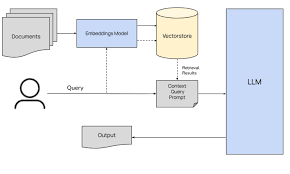Fine-Tune Large Language Models(LLMs)
.png)
Natural language processing has undergone a transformation thanks to large language models (LLMs), which exhibit remarkable abilities and innovative solutions. These models, trained on vast amounts of textual data, perform exceptionally well in generating text, translating languages, summarizing content, and answering questions. However, despite their strengths, LLMs may not always be perfectly suited for specialized tasks or specific domains. In this article, we will delve into how fine-tuning large language models (LLMs) can greatly enhance their performance, lower training costs, and provide more precise and context-specific outcomes. When discussing fine-tuning, it's crucial to understand the parameters of the model. A model is essentially a network composed of weights and biases, which are the parameters. In any neural network, there are inputs, outputs, and hidden layers. Each node within these layers has associated weights and biases, which collectively define the parameters...
.png)

